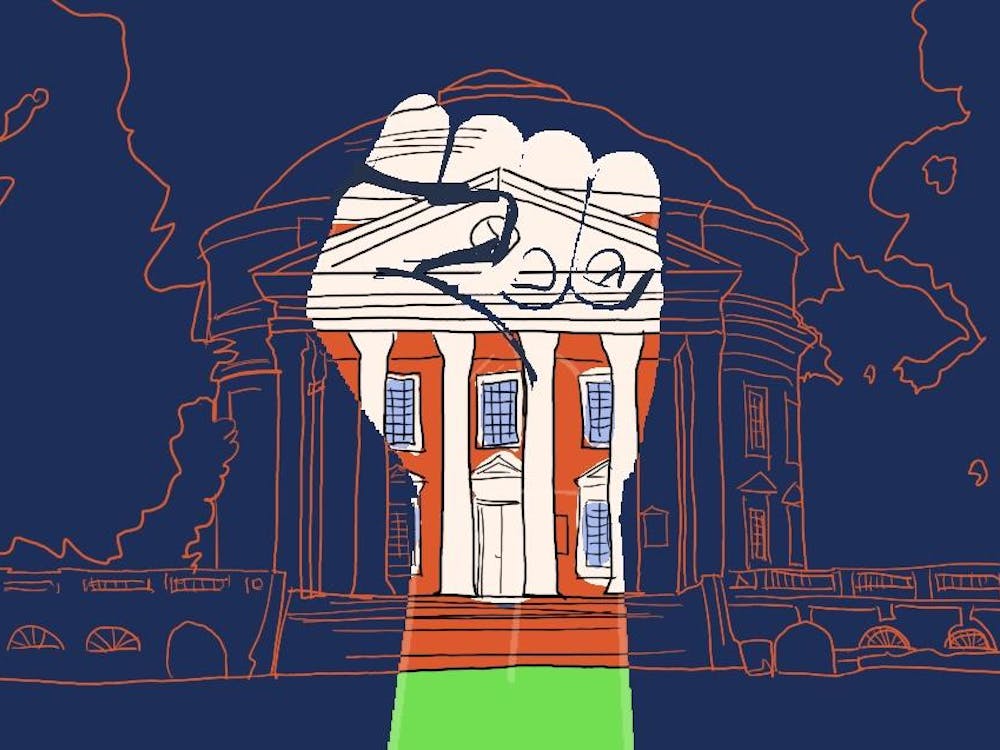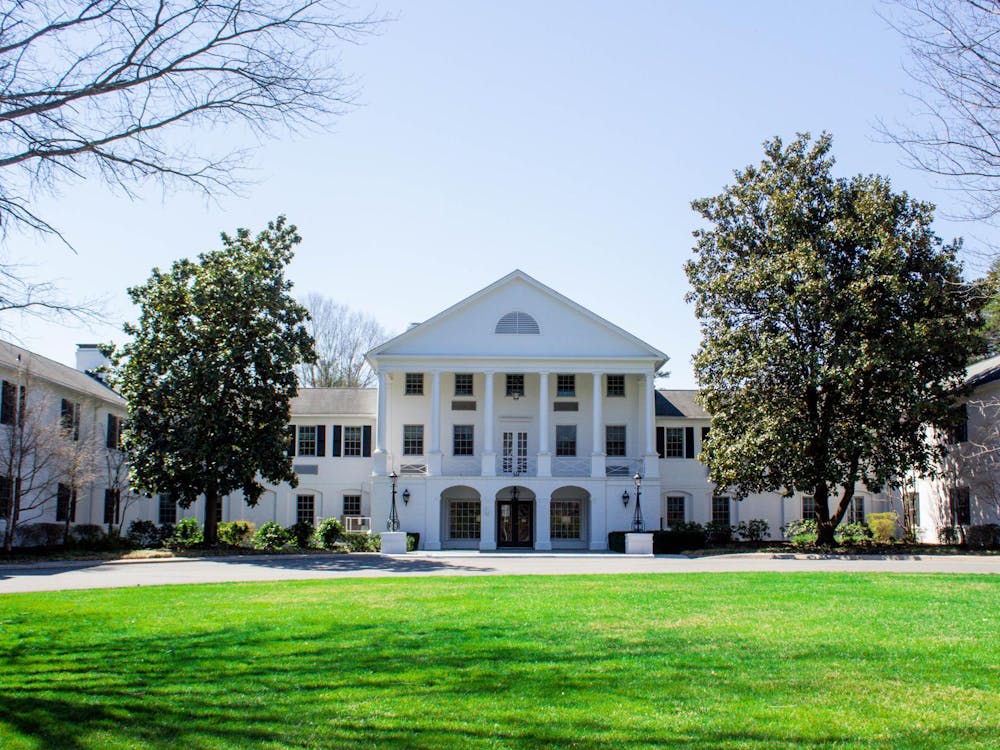中文版请点击此处 // Lea en español
For decades, Asian and Asian American students at the University have been calling for an Asian/Asian American Student Center. To this day, the University has failed to fulfill their demands. Dismantling institutional racism requires a committed effort. One step the University can take towards the dissolution of all forms of racism is changing the physical environment around Grounds. Further, this call is particularly relevant in contemporary times with the dramatic increase in anti-Asian violence. The University should embrace these calls and construct an Asian/Asian American Student Center on Grounds.
A recent letter signed by 15 student organizations lists their demands for an Asian American student space on Grounds. This demand has been endorsed by Asian American fraternities and organizations, including the Asian Student Union, the Asian Leaders Council, the Indian Student Association, the Vietnamese Student Association, the Pakistani Student Association, the alpha Kappa Delta Phi International Sorority and the Sigma Psi Zeta Sorority at the University. In addition, the letter has also received support from other student organizations on Grounds — Student Council, The Minority Rights Coalition and the University Guide Service, to list a few. However, this is far from a new request. The Asian Students Union began requesting such a center all the way in 1995.
Indeed there are already centers for students of color on Grounds — the Multicultural Student Center and the Latinx Student Center for instance. All of these centers are valuable to the University community. However, their existence does not undermine the need to establish a student center specifically for Asian American students. The existence of student centers for other minority groups on Grounds does not erase but rather reinforces the University’s responsibility to provide a safe space for Asian and Asian American students on Grounds.
Providing a safe space for Asian and Asian American students on Grounds is especially necessary considering the recent increase in anti-Asian violence. In 2020, hate crimes against Asian Americans in 16 cities rose by 150 percent. Stop AAPI Hate — which tracks instances of Asian hate crimes — received reports of over 2,800 hate incidents across the United States since the beginning of the pandemic. The University community is not isolated from the wave of anti-Asian violence. In an attack likely motivated by anti-Asian sentiments, two Asian students at the University were egged in March 2020.
The ultimate goal of this center would be to provide a space for Asian and Asian American students at the University to organize and gather safely. There are several resources for Asian students on Grounds — the Asian Pacific American Leadership Training Institute, the Women’s Asian American Leadership Initiative and the Peer Advising Family Network for instance. However, these programs would all benefit from a physical space to conduct their meetings, various events and to socialize.
In addition, the new Student Center should serve as a space for Asian students at the University to gather in a safe social environment. In the aftermath of the Atlanta shooting in March — where six out of the eight killed were Asian women — Sophia Liao, president of Third Year Council and Commerce student, noted a “keen sense of isolation.” She expressed her desire for a physical space at the University where she could gather with other Asian and Asian American Students whom she could connect with. The letter demanding the need for an Asian American student center reflects this premise — it lists five primary goals for the center, largely focused on providing a safe social environment for the Asian community at the University.
All this being said, the University must not forget to involve students in designing this center. For one, the term Asian is a broad category. There are students of many different Asian ethnicities on Grounds — data that was itself investigated by students as the University’s demographic survey measures Asian identities as more of a monolith — and the letter’s authors additionally emphasized a need for balanced representation. Furthemore, student demands are not limited to just construction of a physical building. The letter also calls for additional Asian faculty, particularly in leadership roles. All of this goes to say that student demands must be considered as the University constructs an Asian American Student Center.
An Asian American Student Center is a necessary addition to the current multicultural centers on Grounds. The University has a responsibility to provide a safe and accepting environment for its Asian and Asian American students. However, we cannot forget that an Asian/Asian American Student Center is but one step in creating an environment on Grounds that is truly welcoming to everyone — the University must listen to the demand of the Asian community on Grounds.
The Cavalier Daily Editorial Board is composed of the Executive Editor, the Editor-in-Chief, the two Opinion Editors, their Senior Associate and an Opinion Columnist. The board can be reached at eb@cavalierdaily.com.







